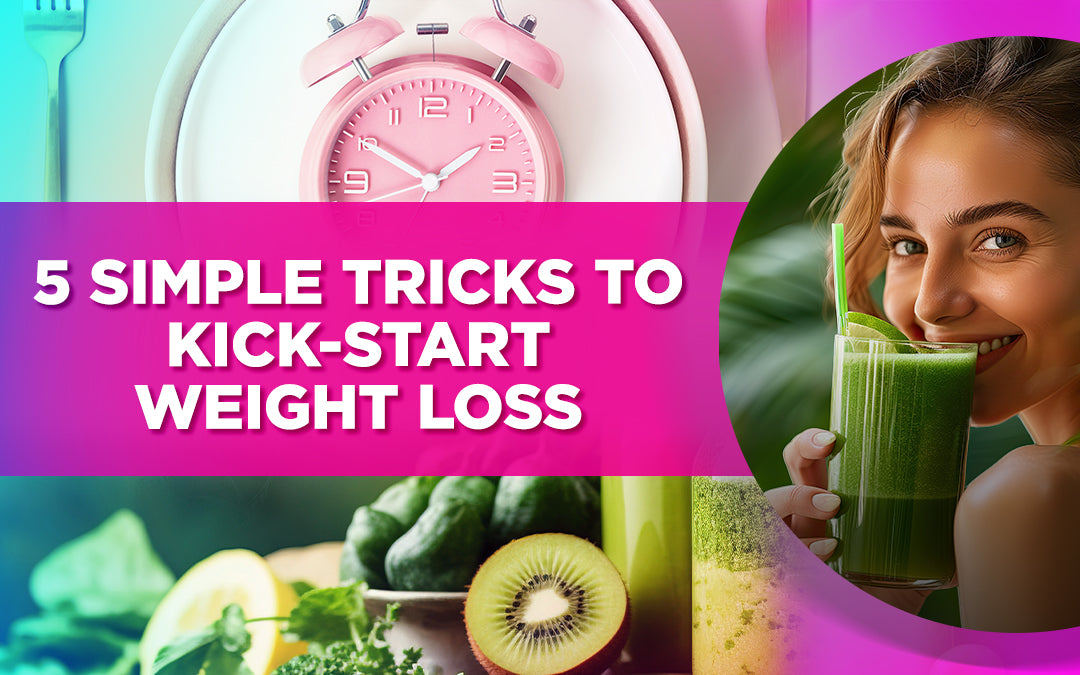SIBO and Candida: How to Treat Fungal and Yeast Infections
Dr LivingoodShare

The saying “you are what you eat” is truer than most people realize. Not only does your food provide your body with certain nutrients or macromolecules, but it also feeds the germs that line your intestines and colon, collectively forming your gut microbiome.
However, if you don’t have a perfectly healthy diet or if you are predisposed to certain digestive disorders, you might eventually get SIBO or Candida overgrowth: two similar digestive disorders that occur when bacteria, fungus, or yeast build up to where they shouldn’t.
SIBO and Candida overgrowth are more common than you might think, but there are ways to support fungal and yeast infections like this through a variety of dietary changes, and more.
Let’s break down how you can support SIBO or Candida overgrowth with the advice of your doctor in detail.
SIBO and Candida: Overview and Differences
SIBO or small intestinal bacterial overgrowth is a condition that occurs when the normally helpful bacteria in your small intestine become overwhelmed by other bacteria, sometimes harmful and sometimes not. But in either case, the invasive bacteria upset the delicate balance of your gut microbiome and lead to a host of negative symptoms.
In truth, most gut bacteria (which play a positive role in your digestive tract, helping to break down food and eliminate waste) are meant to be in your large intestine and colon. When bacteria feed off undigested food in the small intestine, certain carbohydrates can ferment, producing hydrogen and leading to bloating, abdominal discomfort, and more.
Candida is actually a type of fungal yeast that normally lives in your mouth and, in very small amounts, in your intestines. Like bacteria in your gut microbiome, Candida is supposed to help your digestive tract with digestion and nutrient absorption.
Sometimes, however, Candida can grow out of control, breaking the fragile balance normally held between different gut microorganisms. When this occurs, you experience a condition called Candida overgrowth. Like SIBO, this can lead to uncomfortable symptoms like constipation, bloating, fatigue, mood swings, brain fog, weight gain, and more.
Both conditions are harmful if left unchecked and can lead to progressively worse and worse symptoms if they aren’t treated fully.
Supporting SIBO and Candida Overgrowth
SIBO and Candida overgrowth aren’t exactly the same condition, but they are very similar. Therefore, you can use many of the same treatments to take care of both conditions. Most doctors or dietitians will prescribe a three-stage process to reduce both SIBO and Candida overgrowth.
Starving Fungus and Yeast
The first (and most common) part of treating fungal or yeast overgrowth in the digestive tract involves starving the hostile or over-growing bacteria of food. Without enough nutrients, the bacteria in your small intestine with SIBO or Candida won’t be able to reproduce, leading to gradual degradation and elimination.
Unfortunately, starving the fungus and yeast in your intestines can lead them to excrete various poisons or noxious chemicals, which can also lead to further symptoms. Many individuals who seek out treatment for SIBO have to deal with about a week of stomach aches, nausea, and more.
To support SIBO and Candida overgrowth by starving the bacteria causing the conditions, you have to eliminate their primary food sources, which are mostly carbohydrates. That’s because your gut breaks down various carbohydrates like grains and legumes into sugar, which the bacteria then use for fuel.
Instead, you’ll eat lots of non-starchy vegetables, clean proteins, healthy fats, leafy greens, and a few specific types of fruit. This dietary shift should allow you to maintain nutritional wellness while also eliminating the bacteria causing your SIBO or Candida overgrowth symptoms.
Killing the Overgrowth
Other dietitians or doctors may also recommend that you directly target the bacterial or fungal overgrowth while starving them simultaneously. Certain supplements can be used to reduce bacterial overgrowth in the intestines and colon.
In some cases, antibiotics can result in the alleviation of your SIBO or Candida overgrowth symptoms more quickly, but not without causing harm to your good and bad gut bacteria which long-term, induces some negative results.
Antibiotics are nondiscriminatory. They can’t target the specific bacteria or fungus causing your digestive symptoms. Instead, they eliminate most of the bacteria in your gut, including the helpful bacteria that make up most of your gut microbiome.
Because of this, you’ll want to use a more natural method of killing the overgrowth such as herbs that can support your body in killing the overgrowth of candida. Then you’ll want to proceed to the third stage of SIBO and Candida overgrowth treatment: restoring the microbiome.
Restoring the Gut Microbiome
Remember, your gut microbiome plays a key role in digesting food, helping your body to absorb vital nutrients, and taking up space so that harmful bacteria can’t be set up in your digestive tract. If you use antibiotics or starve enough gut bacteria, the gut microbiome could collapse, leading to long-term digestive issues.
Therefore, part of treating SIBO and Candida overgrowth involves taking probiotics and prebiotics. Probiotics are helpful bacteria that come in both supplements and in various food items, like sauerkraut, kimchi, or organic cheeses.
Prebiotics don’t directly replace the helpful bacteria in your gut microbiome, but they can help to create a safe space for new bacteria to grow, bootstrapping the helpful bacteria replacements for harmful bacteria. In this way, any damage you might do to your gut microbiome is taken care of at the end of the SIBO or Candida overgrowth treatment process.
Summary
In the end, no single treatment for SIBO or Candida overgrowth is right for everyone. Instead, you should speak to your doctor about which solution will be right for your unique body chemistry, digestive tract, and other needs.
Share
Related Articles
Most Popular
-
The 5 Amazing Benefits of Omega-3s
August 13, 2024 -
Healing Your ‘Second Brain’: The Path to a Healthier Gut
August 13, 2024







